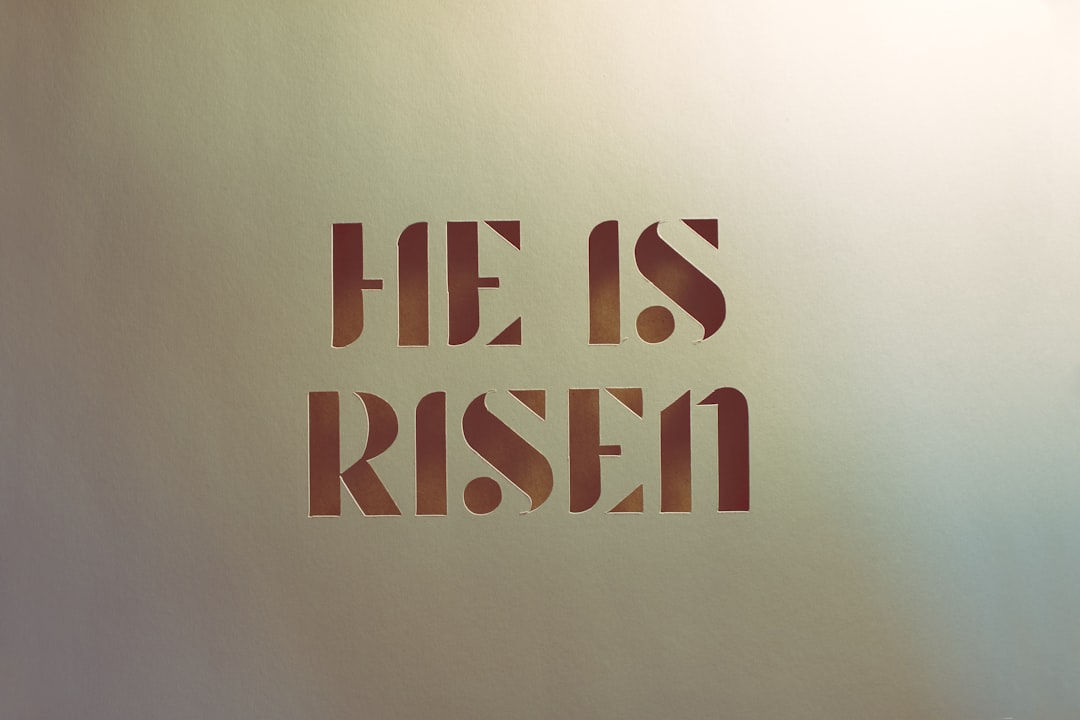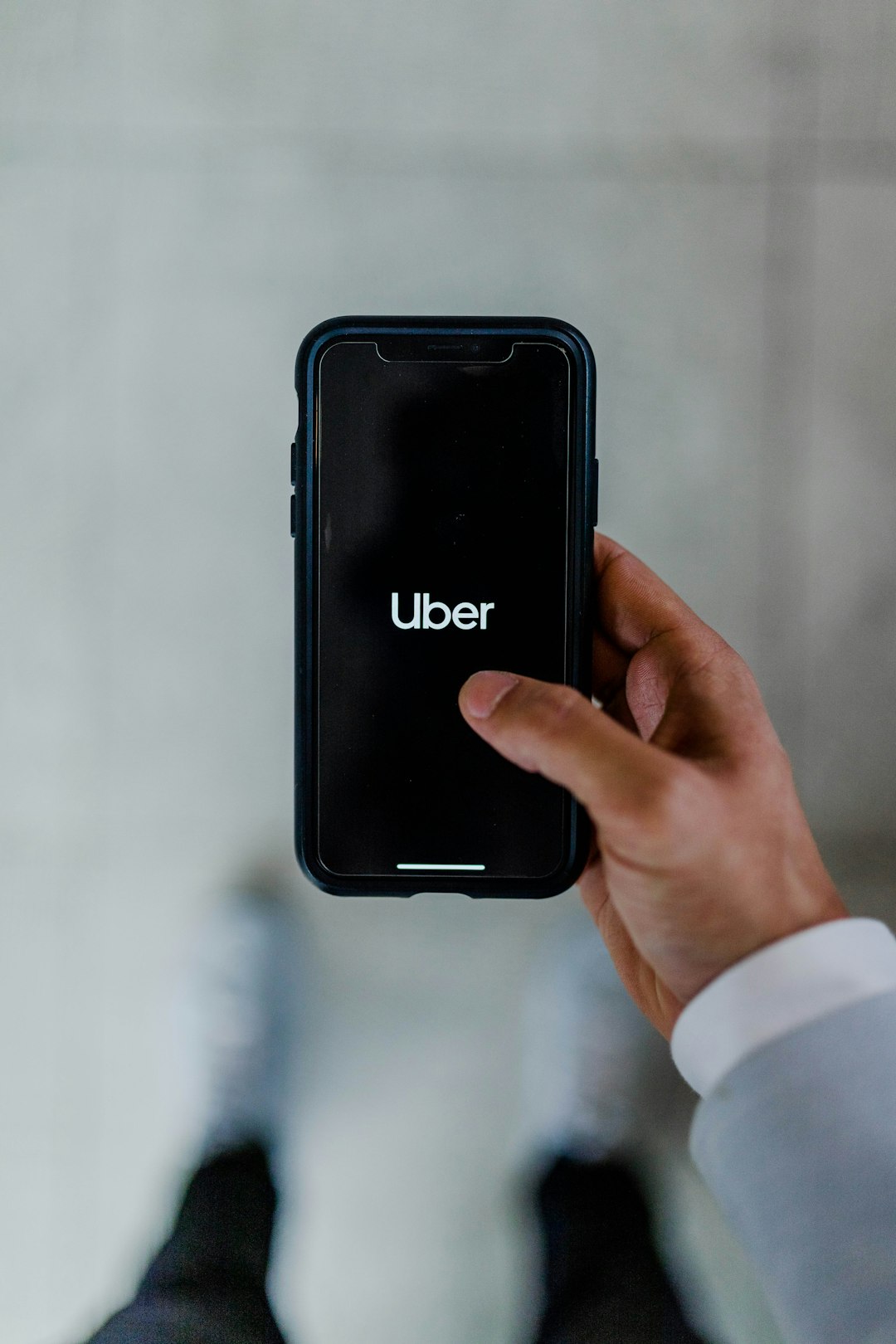You pick up your phone. The screen lights up. You swipe through a crowd of apps. One icon calls to you. You tap it. Without words, you knew what to press. That is the secret power of a great app-first logo.
TLDR:
App-first logos are designed mainly for tiny screens like your phone’s home screen. They need to be simple, sharp, and easily recognizable. If users can spot your app in 1 second, you’ve won. Big brands are rethinking their logos to make them home screen stars.
What Is an App-First Logo?
An app-first logo is a logo designed specifically to look great and be easily readable in small sizes—especially on mobile devices. Think about the small square app icons on your phone. That’s their home turf.
App icons aren’t just art. They’re your brand’s first impression on mobile. They need to stand out in a grid of dozens of others.
Why It Matters Now
We live in a mobile-first world. People spend more time on phones than desktops. Where do they see your brand first? On your app icon.
Traditional logos were meant for print, billboards, or websites. But squeeze those full logos into a 60×60 pixel icon? You get a blurry mess.
That’s why companies are rethinking it. Cleaning it up. Shrinking it down. Making it app-first.
The Golden Rules of App-First Logos
So what makes an app logo work? Here are the secret ingredients:
- It’s simple. Less is more. No tiny words. No busy patterns.
- It’s bold. High contrast and sharp shapes draw the eye.
- It’s distinct. It shouldn’t blend into the sea of icons.
- It still feels like “you.” Brand recognition is key.
Want to test if your logo works? Shrink it down to 60×60 pixels. Does it still pop? If not, redesign time.
Big Brands Are Doing It
Remember when Instagram changed its logo? The old one looked like a tiny camera. It was retro… and lost in the app sea.
The new one? Just bold, gradient color and minimalist shapes. Like it or not, it *works* on a home screen. It’s bright. It’s friendly. You can’t miss it.
Google, Airbnb, Spotify, Dropbox—they all went flatter, cleaner, and simpler. Not just for style. For mobile clarity.
Form Follows Function (Tiny Function!)
Back in logo theory class (yes, that’s a thing), they say “form follows function.” In the app world, the function is tiny.
This means designers now start from mobile. They ask, “How will this look as an app icon?” Then everything else—the full logo, print, web—branches out from there.
These logos are born tiny. That’s the app-first mindset.
How to Create an App-First Logo
Designing or redesigning? Think small. Here’s your checklist:
- Start with a square. That’s the standard app icon format.
- One symbol, one idea. Drop excess detail. Think Nike swoosh, not storybook.
- Colors matter. Pick something that pops. High contrast helps.
- Avoid words. If you must use text, make it big and bold.
- Test in context. Put it in a fake app grid. See if it stands out.
And please: no glittery mockups on shiny walls. Test it on a phone. Real size. Real world.
Trends in App Logo Design
Design trends shift often, but current app-first logo vibes look like:
- Flat design – No shadows. No 3D effects. Clean and crisp.
- Pastel and bold color mixes – Soft or shocking palettes rule.
- Rounded corners – Friendly, modern look.
- One-letter logos – Especially for text-heavy brands (think Pinterest’s ‘P’).

Gone are the days of gradient overload or “place your entire company story on a tiny square.”
The Problem With Legacy Logos
Companies with older, super-detailed logos have a problem. They weren’t made for small screens.
Try fitting the New York Times logo into a mobile icon. What size would the text even be? One pixel tall?
This is pushing even very old brands to come up with simplified app versions. Either with a letter, a monogram, or a bold symbol variant.
It’s not replacing the main brand. Just adapting it for the environments people spend hours in—like their phone.
Successful App-First Logo Examples
Some brands nailed it. Others are still catching up. Check out these all-stars:
- Spotify – A simple lime circle with flowing sound waves. Recognizable even at 10 pixels.
- TikTok – Bold color pops and a stylized music note. Dynamic and unique.
- Slack – Went from messy crossbars to a clean, colorful shape. Better on-screen presence.
- Duolingo – The friendly owl is iconic. Big eyes, bold color, minimal fuss.
Each one is made for easy tapping. No label needed.
Is It Time to Rethink Your Logo?
If your logo:
- Has tiny words or lots of detail
- Looks fuzzy or confusing on a phone
- Doesn’t match your app icon
…it might be time for an app-first upgrade!
This doesn’t mean a full rebrand. A smart designer can help craft a secondary logo just for apps. It still tells your brand story but fits today’s phones like a glove.
Conclusion: Clarity Over Complexity
The best app-first logos tell a story in one glance. They’re fast, friendly, and functional. Your users don’t think about them—they just find them, fast.
Mobile isn’t going anywhere. So give your logo the mobile makeover it deserves. Shrink it. Polish it. And make it tappable, lovable, and unforgettable.

The future is tiny. And your logo should be ready for it.



